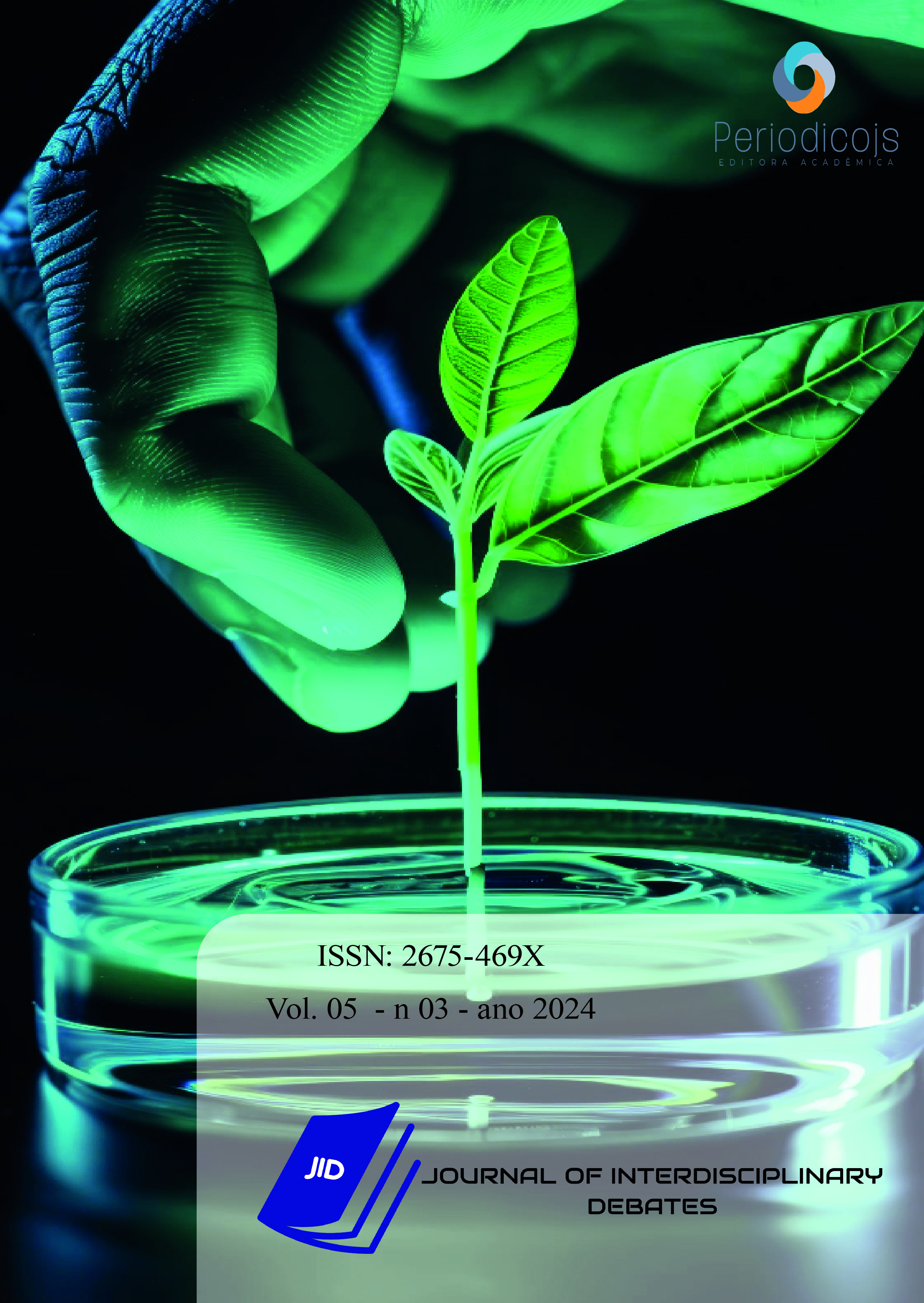Abstract
The comprehension of the phenomena that pervade our world is a pursuit that extends beyond the confines of conventional disciplinary boundaries. In recent decades, mathematical modeling has emerged as a powerful tool for elucidating the enigmas of these intricate phenomena, irrespective of their provenance in the exact sciences, biology, geography, or other domains of human knowledge. In this sense, the objective of this study was to review and recover concepts inherent in modeling with a focus on interdisciplinarity. From this comprehensive review, it can be inferred that by exploring examples in various disciplines, the crucial role that mathematical modeling plays in understanding and predicting complex phenomena becomes evident. Through the analysis of the various techniques and approaches presented, it is notable how mathematical modeling transcends disciplinary boundaries, providing unique insights and powerful tools for exploring the natural world and the interactions that occur within it.
References
FLECK, L., TAVARES, M. H. F., EYNG, E. Principais Modelos Matemáticos de Qualidade da Água e Suas Aplicações: uma revisão. Revista Eletrônica Científica Inovação e Tecnologia – UTFPR - Campus Medianeira. Vol. 01, N. 007, ISSN 2175-1846, 2013.
MARQUES, M. C. U., SILVA JR., A. P., MARISA, M., CORREA, R. I. L., ZANETTE, F. C. Modelagem Matemática Aplicada em Sistemas Hidráulicos de Abastecimento de Água no Município de Belo Horizonte – MG. Revista Paramétrica, Revista Paramétrica, Vol. 12, N. 13, 2020.
KLUBER, T.E., BURAK. D. Concepções da Modelagem Matemática: Contribuições Teóricas. Revista Educação Matemática – Pesquisa. São Paulo, v. 10, n. 1, pp. 17-34, 2008.
QUARTERONI, A., MANZONI, A., & VERGARA, C. The cardiovascular system: Mathematical modelling, numerical algorithms and clinical applications. Acta Numerica, 26, pp. 365-590. https://doi:10.1017/S0962492917000046, 2017.
ARHONDITSIS, G., GIOURGA, C., LOUMOU, A., KOULOURI, M. Quantitative Assessment of Agricultural Runoff and Soil Erosion Using Mathematical Modeling: Applications in the Mediterranean Region. Environmental Management 30, pp. 434453. https://doi.org/10.1007/s00267-001-2692-1, 2002.
BERTSIMAS, D., SILBERHOLZ, J., TRIKALINOS, T. Optimal healthcare decision making under multiple mathematical models: application in prostate cancer screening. Health Care Manag Sci 21, pp. 105–118. https://doi.org/10.1007/s10729-016-9381-3, 2018.
SCARF, P. A. On the application of mathematical models in maintenance. European Journal of Operational Research. Vol. 99, Issue 3, pp. 493-506, ISSN 0377-2217, https://doi.org/10.1016/S0377-2217(96)00316-5, 1997.
KHAN, M. A., ATANGANA. A. Mathematical modeling and analysis of COVID-19: A study of new variant Omicron. Physica A: Statistical Mechanics and its Applications, Vol. 599, ISSN 0378-4371, https://doi.org/10.1016/j.physa.2022.127452, 2022.
GUO, H., GU, W., KHAYATNEZHAD, M., GHADIMI, N. Parameter extraction of the SOFC mathematical model based on fractional order version of dragonfly algorithm. International Journal of Hydrogen Energy, Vol. 47, Issue 57, pp. 24059-24068, ISSN 03603199, https://doi.org/10.1016/j.ijhydene.2022.05.190, 2022.
FENG, Y., LI, M., PEI, Y. et al. Research on Threat Assessment evaluation model based on improved CNN algorithm. Multimed Tools Appl. https://doi.org/10.1007/s11042-023-16492-6, 2023.





